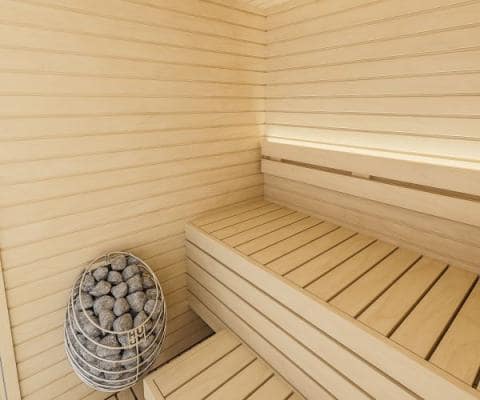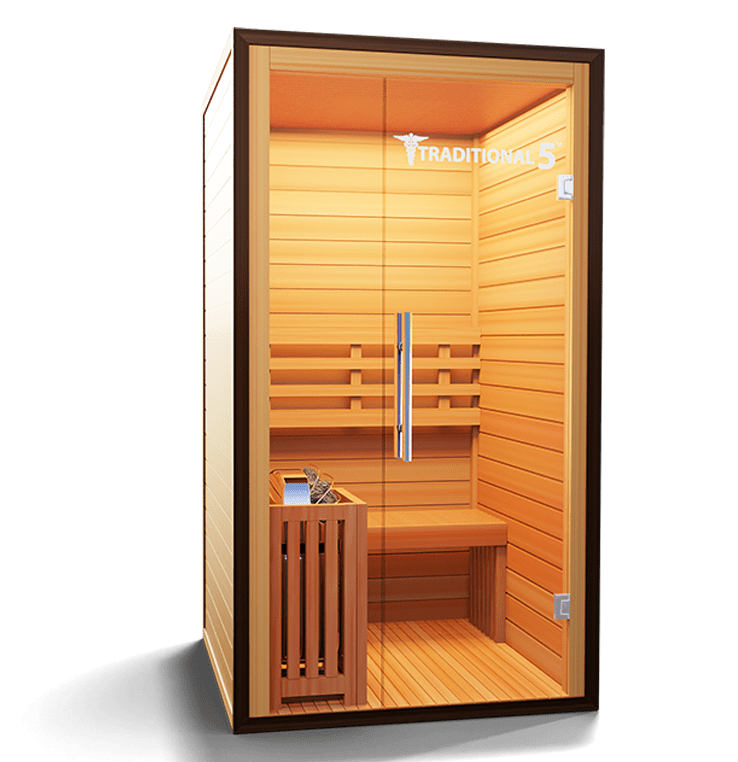The smart Trick of Traditional Sauna That Nobody is Discussing
The smart Trick of Traditional Sauna That Nobody is Discussing
Blog Article
Traditional Sauna - Questions
Table of ContentsThe 20-Second Trick For Traditional SaunaLittle Known Questions About Traditional Sauna.The Traditional Sauna PDFsTop Guidelines Of Traditional Sauna3 Simple Techniques For Traditional Sauna
A lot of the weight shed in a sauna is water loss and is re-gained upon rehydrating. Nonetheless, undoubtedly sauna can be a fundamental part of a healthy and balanced weight reduction program. To look at the distinctions between conventional and IR saunas, I will certainly divide these right into verifiable, theoretical, and produced differences.Thus, the most popular point in the saunawhich is at the ceiling directly over the sauna heateris typically between 185 and 190 F. Claims that a standard sauna surpasses 200 F is simply not true and not suitable for electrical saunas offered in the US. The temperature level for a far-infrared sauna is typically set between 120 and 140 F; however, unlike the standard sauna, the goal in and IR room is not to achieve a heat.
Due to this, the temperature difference is practically pointless, given that extreme sweating results in both sauna types, yet the approach of warming the body is various. In an IR sauna the bather will certainly feel hot and will sweat profusely, however at a lot lower temperatures (Traditional Sauna). Therefore, if the objective is to invest longer amount of times in the sauna, the IR sauna is an excellent option
When a standard sauna has been correctly warmed, the sauna walls are cozy, the air temperature has actually achieved set temperature and the rocks are very warmed. As an interesting side note, the heated wall surfaces and the rocks are releasing far-infrared warmth, incorporated with the warmed air, to develop an "covering heat".
Our Traditional Sauna Ideas

When the heat is attained, the aspects cycle on and off to preserve the high temperature. A lot of traditional sauna users appreciate pouring water over the rocks to create heavy steam to elevate sauna humidity levels. The advantages of putting water over the rocks include: making the space a lot more comfortable, moistening the nasal flows, and enabling the use of aromatherapy by mixing necessary oils with the water.

When the power goes into the body, it triggers the body temperature to boost and eventually results in perspiration. In an infrared sauna it is very important for the emitters/heaters to stay on check out this site almost constantly. Given that there is no mass of rocks to keep warm, the sauna will certainly cool if the emitters turned off.
As discussed above, the sauna bather in an infrared area wishes to place himself in front of operating emitters to get maximum gain from the warmth. The home heating time for the 2 rooms can be extremely various, depending upon just how the areas are used. For a traditional sauna, a bather must enable 30-40 mins for the space to achieve a preferred temperature level and to correctly pre-heat the rocks.
The smart Trick of Traditional Sauna That Nobody is Talking About
A well created sauna will typically attain a temperature of 150-160 F in regarding 30-40 minutes. For hotter temperatures, the space may need to warmth for a longer duration.

Conventional saunas tend to be bigger (hence make use of more electrical power) than infrared saunas, although traditional saunas are absolutely readily available in one and 2 person dimensions too. For a two-person standard sauna, 5x6 or 5x7 dimension is most popular. The leading bench can pleasantly seat 2 or three individuals and is additionally enough time to lie down during the sauna session.
3 Simple Techniques For Traditional Sauna
The typical price per kWH of electrical power in the U.S. is around $0.11, so a 4.5 kW heater will set you back roughly $.50 to compete one hour, if the heater runs continuously for one hour. Typically a sauna heating unit will certainly compete 75% you can try this out of the initial hour and 50% of succeeding hours on considering that the elements cycle once the established temperature level is accomplished.

Ultimately, there is a rarely discussed difference in the social experience between both areas. While our society has actually lost several of the social benefit of the traditional sauna experience, it can be extremely socially fulfilling (Traditional Sauna). From family members time in the sauna, to heart-felt conversations with loved ones, to sauna partiesthe conventional sauna experience can result in intimate socializing
The Traditional Sauna PDFs
A lot of higher end infrared areas consist of tinted light therapy, noise systems and full-glass fronts.
Report this page